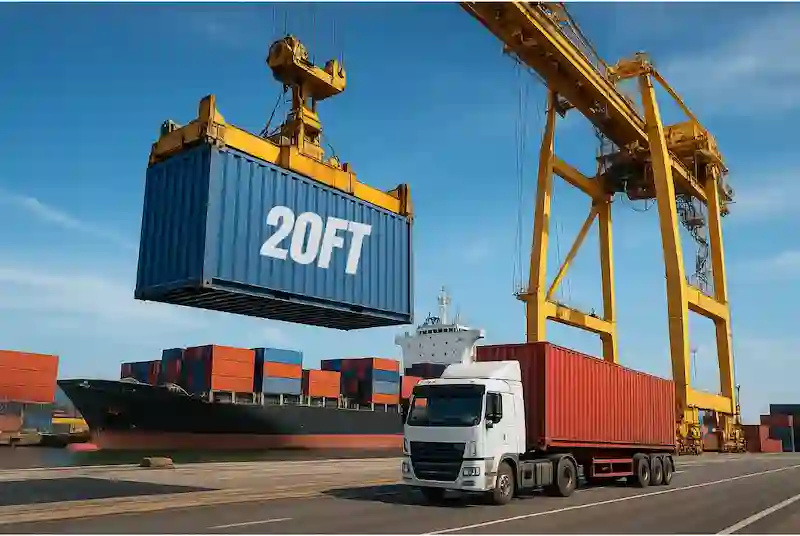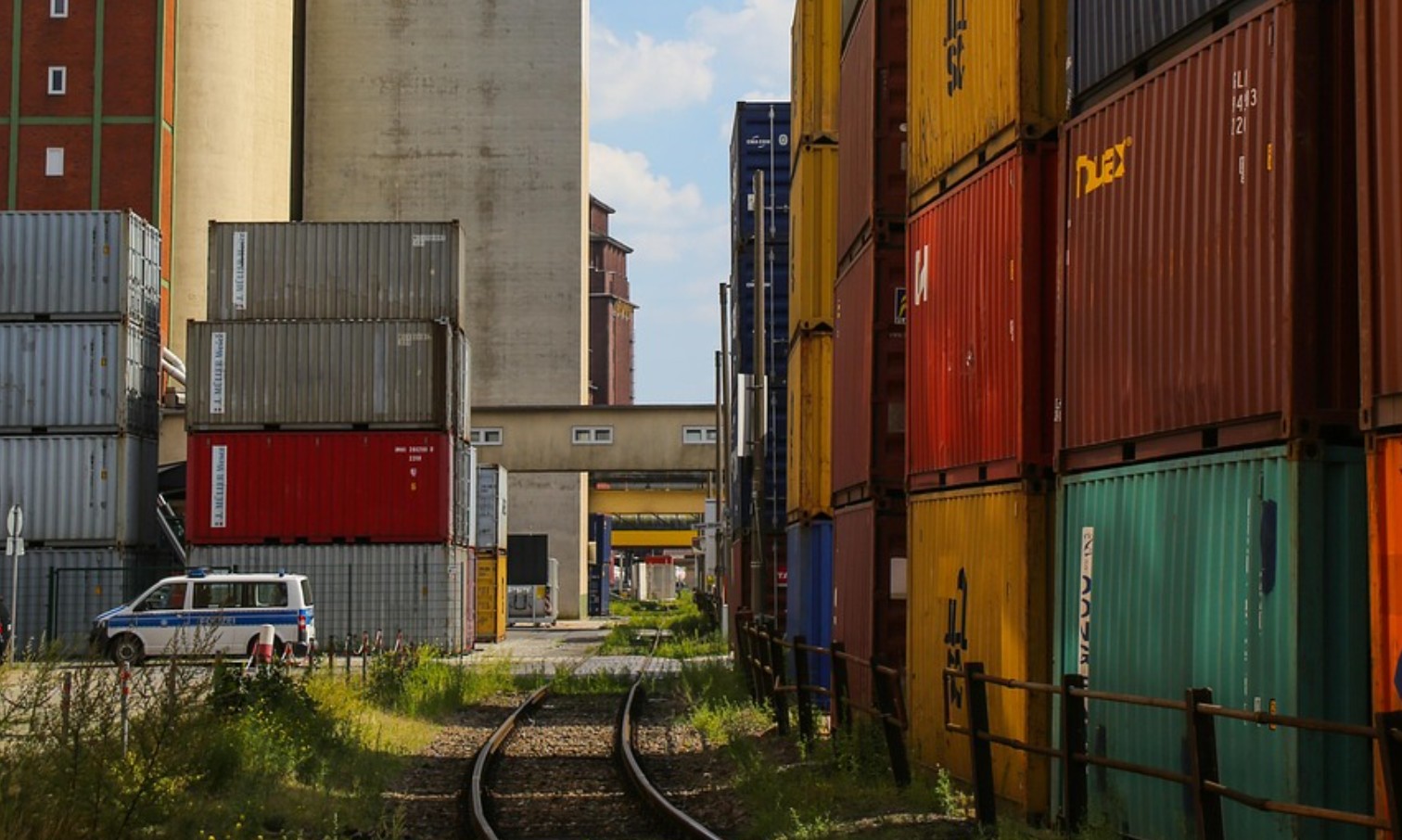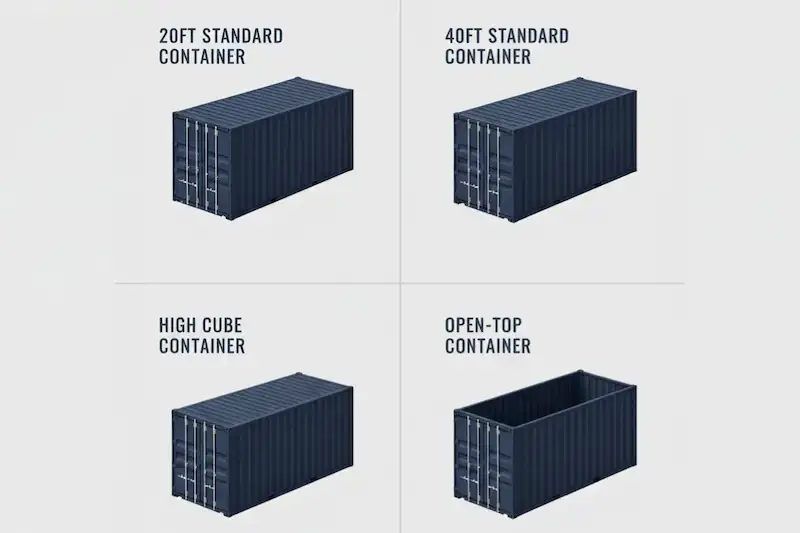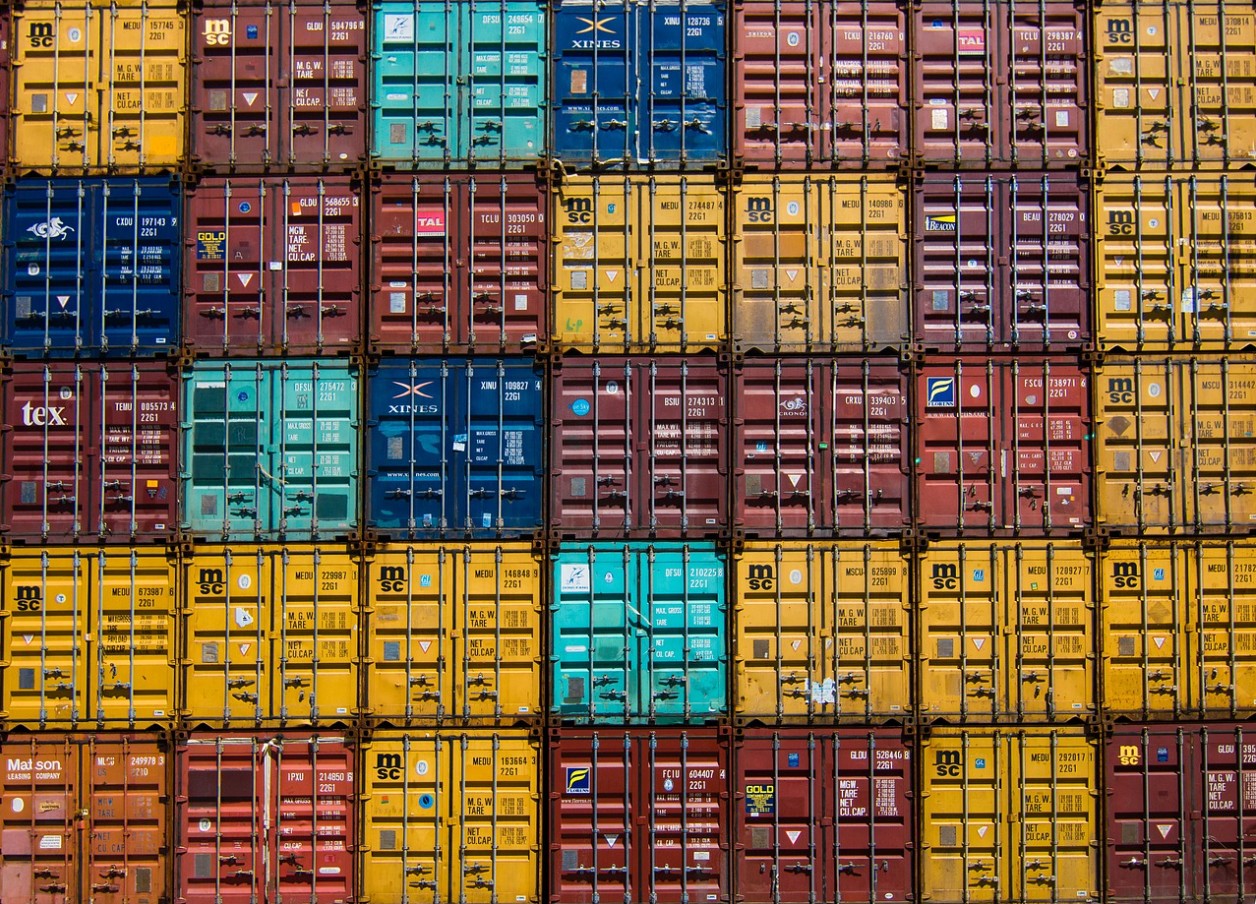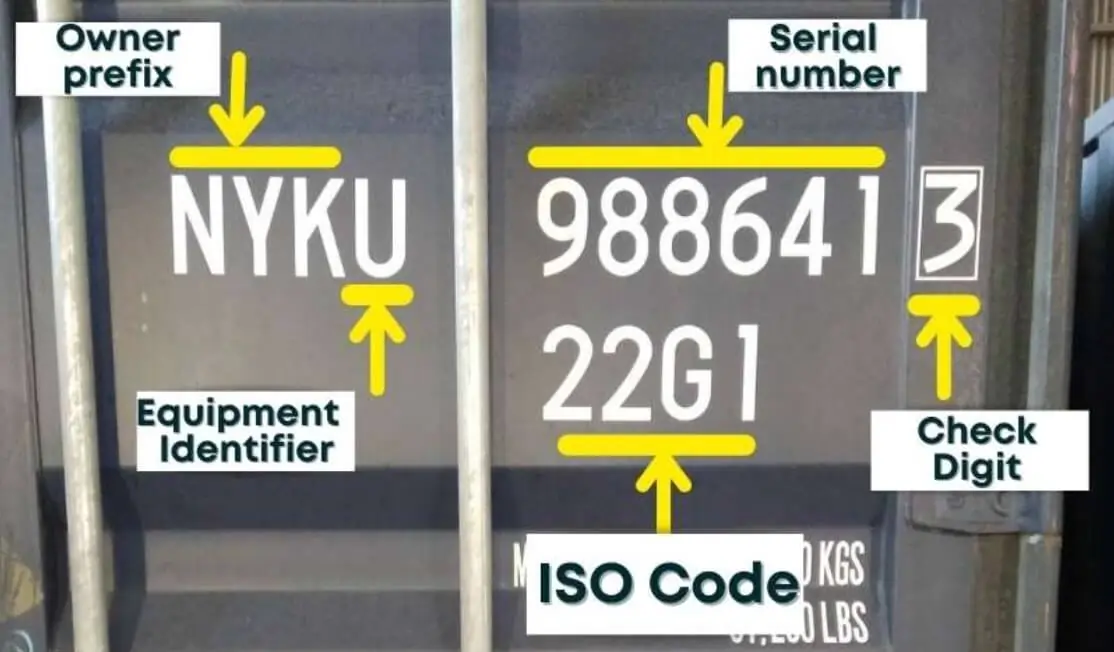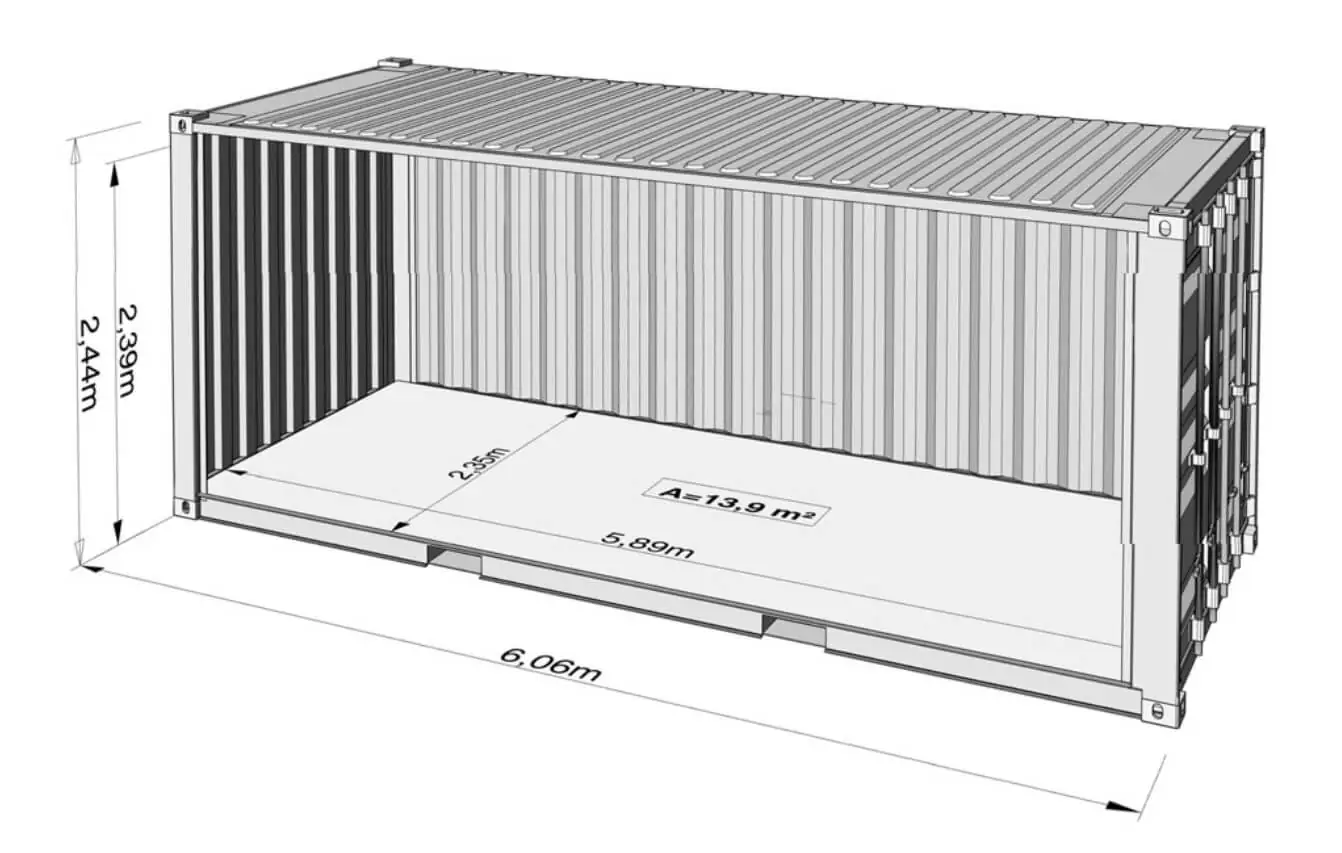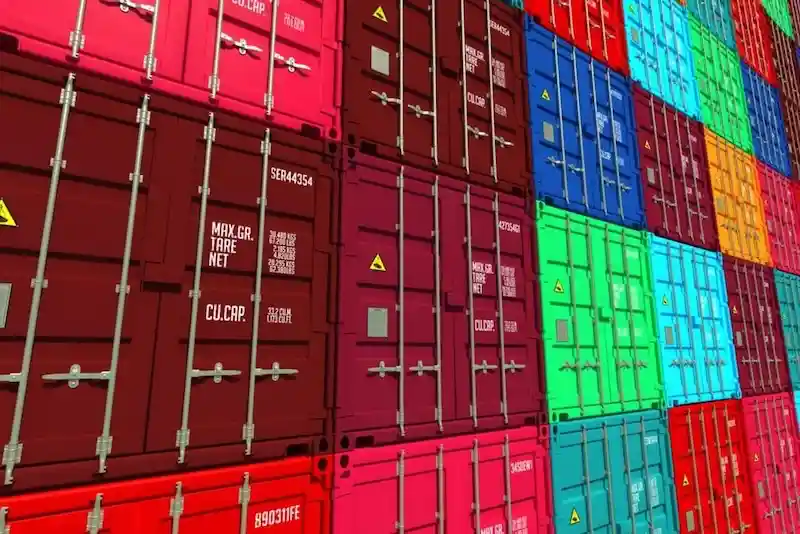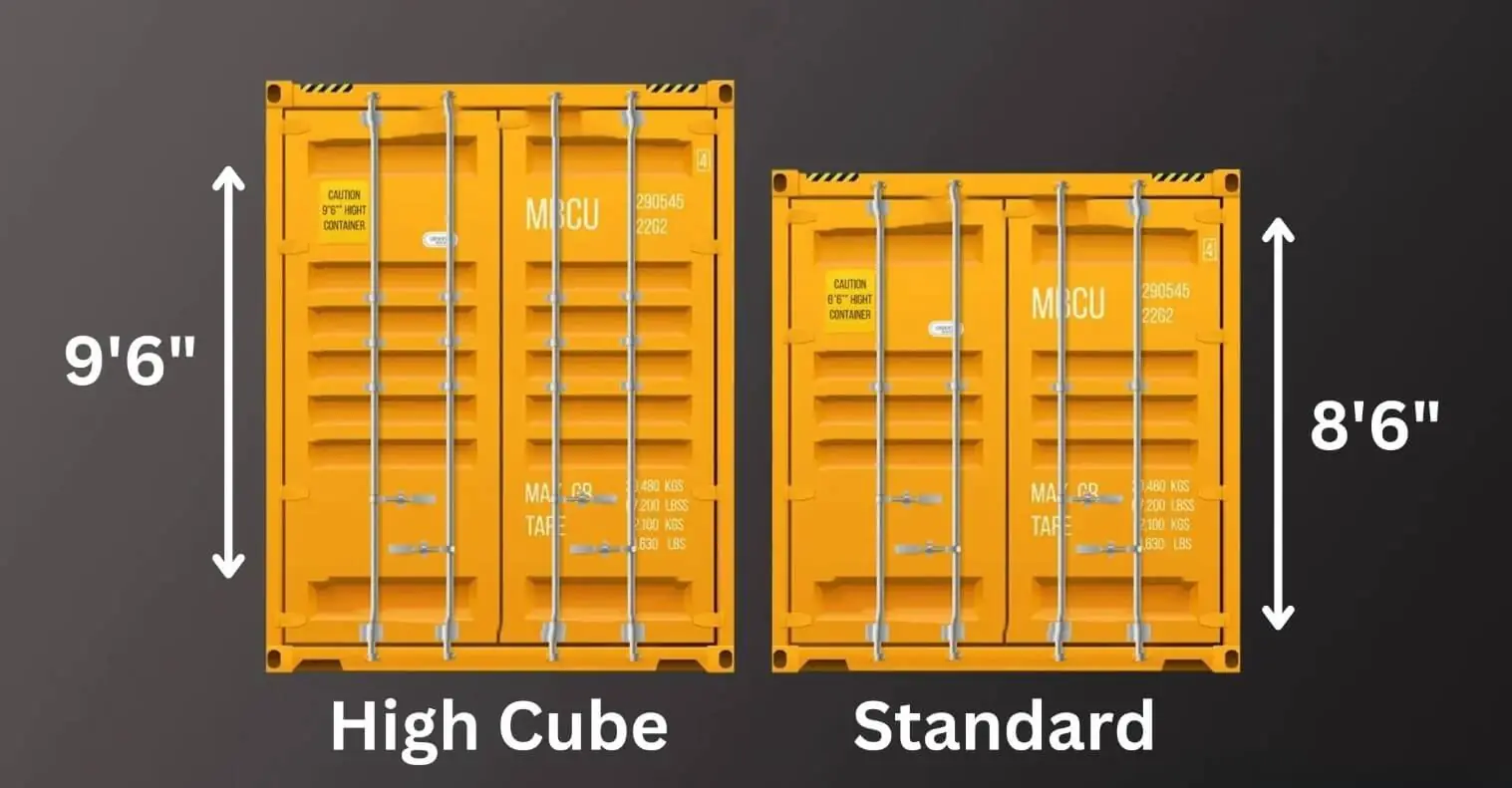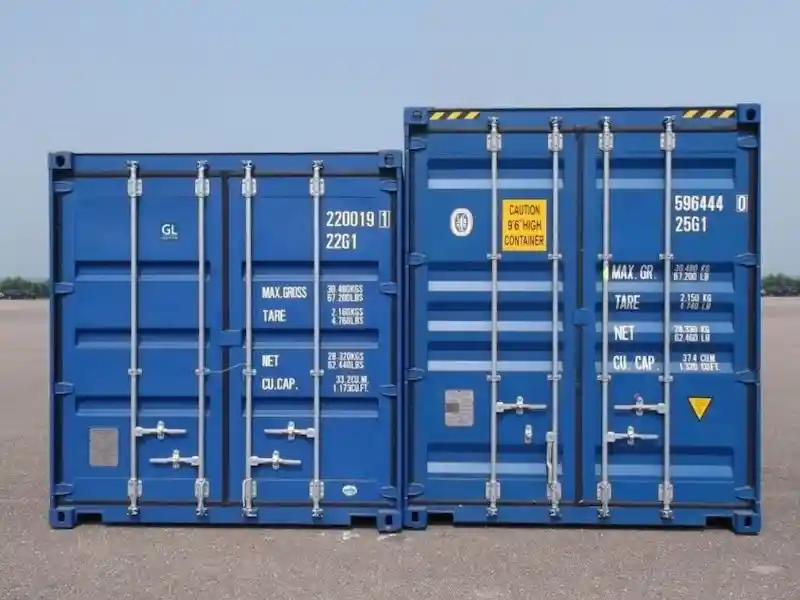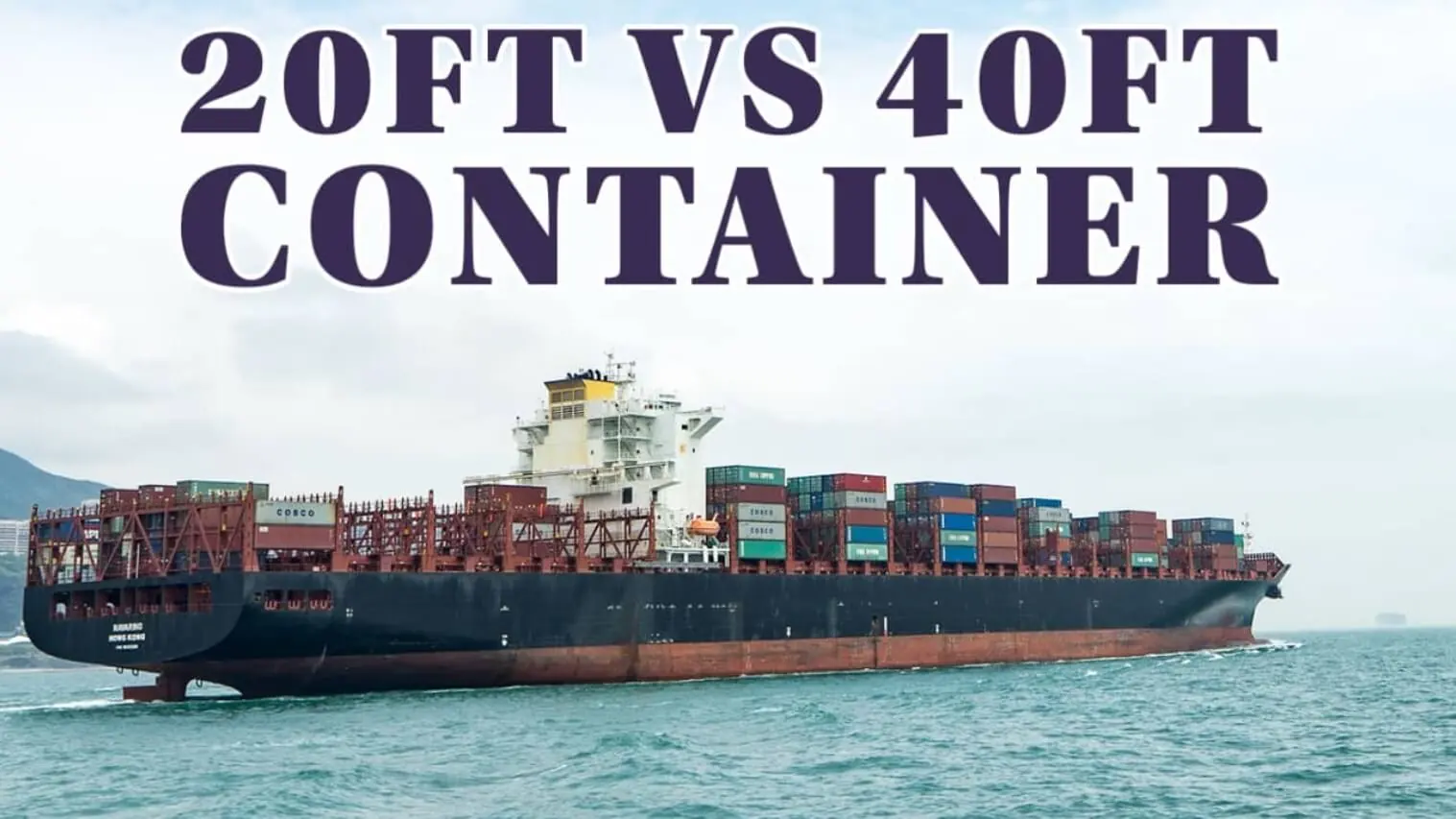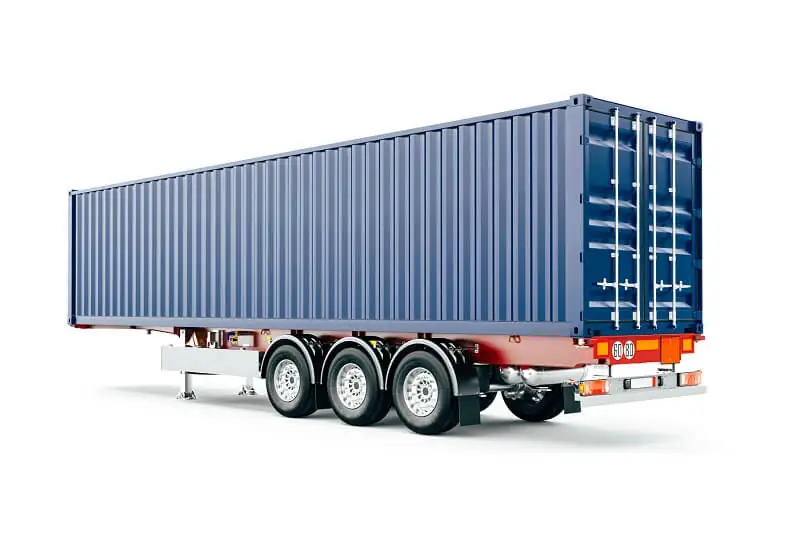Why Corrugated Steel Shipping Containers Are Better Than Plain Walls

Corrugated steel containers are becoming one of the urban development trends. Cheaper, sturdier, and more eco-friendly, these big metal boxes offer a unique alternative to traditional options. Let’s explore why you might want to consider purchasing one.
Components Of A Shipping Container
Shipping containers may seem like simple, big metal boxes, but there’s more to them than what meets the eye. Let’s explore shipping container architecture:
- The shell. This is the exterior part of the container, made from corrugated steel panels that give the container its strength and rigidity.
- The frame. The skeleton of the container, made up of top and bottom rails, corner posts, and cross members — all crucial for keeping the structure intact.
- The floor. Inside, you’ll find a sturdy wooden floor, typically made from marine-grade plywood.
- The doors. At one end, you’ve got the doors. They’re made of steel, with heavy-duty hinges and locking bars for security.
- The roof. Like the shell, the roof is also made from corrugated steel panels, providing protection against the elements.
These components of shipping container architecture all work together to make shipping containers durable and versatile structures. As you can see, some components are made of corrugated steel. Let’s find out what it is.
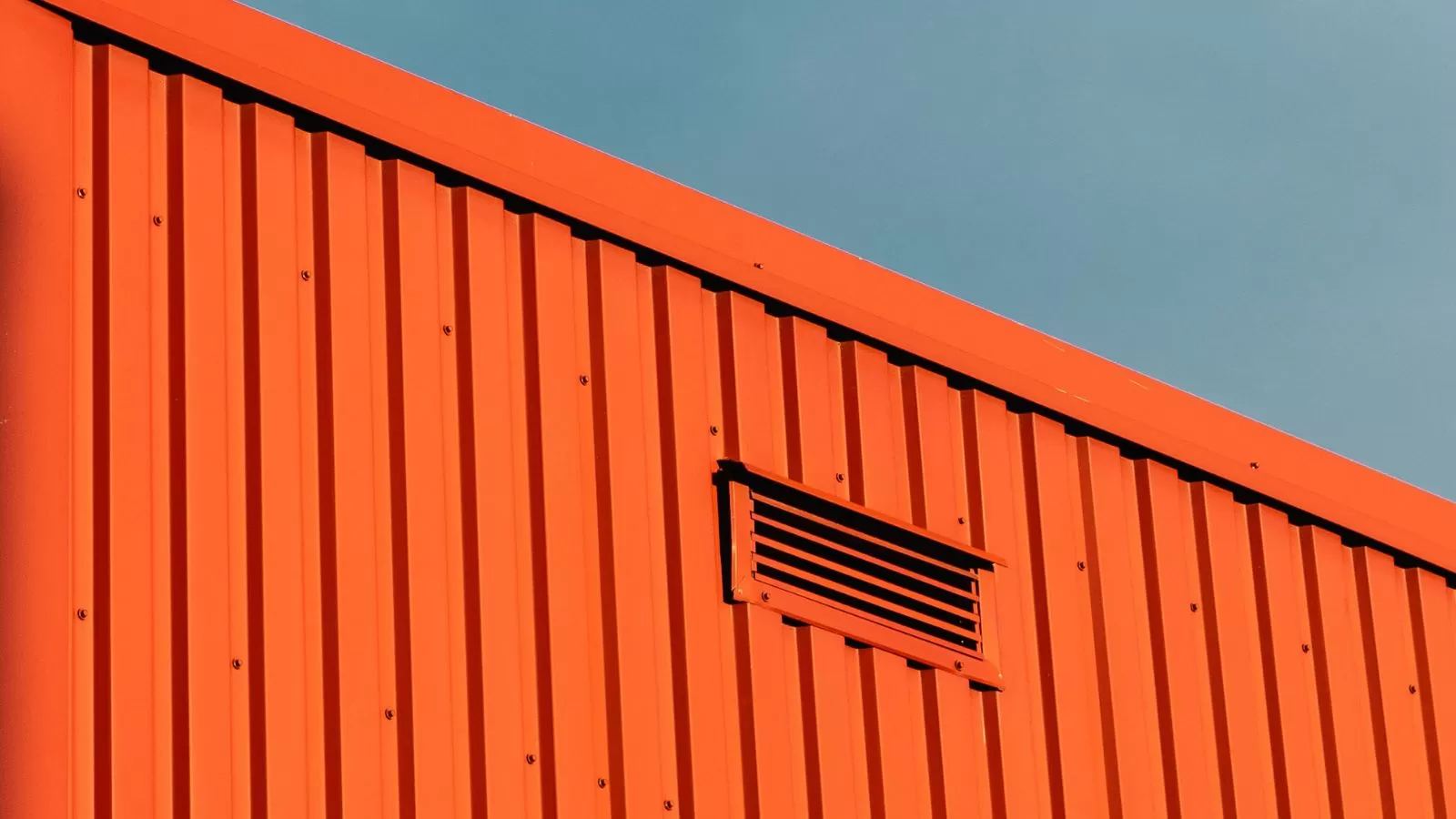
What Is Corrugated Steel?
Corrugated steel, in simpler terms, is like a flat sheet of metal that’s been given a wavy makeover. This isn’t just for aesthetics though — these waves, or corrugations, significantly amp up the strength of the steel.
Imagine a piece of paper — it’s pretty easy to tear when it’s flat. But if you fold it into a fan shape, suddenly it’s a lot tougher. That’s what we’re doing with the steel but on a much larger scale.
While it may sound complex, the concept is pretty straightforward. The process involves taking flat steel sheets and cold pressing them into a wave-like pattern. This enhances the steel’s durability and its resistance to weathering and stress, all without adding unnecessary weight.
Why Do Shipping Containers Have Corrugated Walls Rather Than Plain Walls?
You might be wondering, why shipping containers have these wavy, corrugated walls instead of just plain, flat ones. Well, it’s not just for looks or to make them seem more like maritime vessels. There’s actually some solid science behind it.
If shipping containers were made with plain walls, they would be more prone to bending and warping under pressure. But by giving them a corrugated pattern, the walls gain a lot more strength and resistance against impact and weight loads.
Key Benefits Of Using Corrugated Steel
A bunch of awesome benefits make corrugated steel a top-notch material for the shipping industry. Let’s explore them in more detail.
Durability
Steel container durability allows shipping containers to withstand heavy loads, rough handling, and extreme weather conditions — whether your cargo needs to survive a stormy sea voyage or a bumpy truck ride.
No Decay
Unlike wood or other materials, corrugated steel doesn’t rot, warp, or get eaten by pesky termites. This material is as immune to decay as a vampire is to aging. No matter how long your shipment needs to be in transit, you can be sure that your container is not going to crumble to dust.
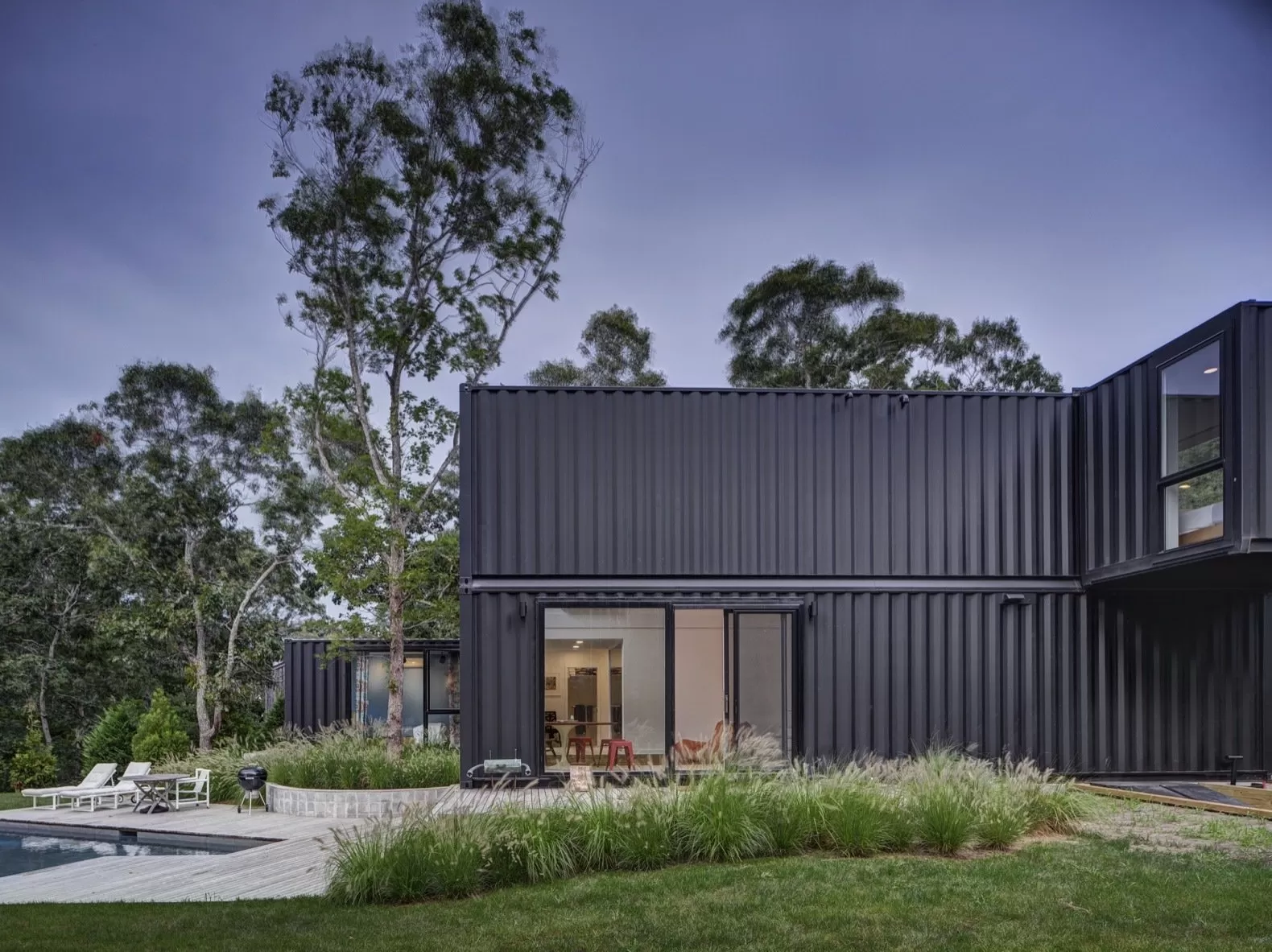
Minimal Maintenance
Corrugated steel is a material that requires little to no maintenance. Containers with such steel don’t need constant care or repairs, making them cost-effective building solutions.
Rust Resistance
Rust is the arch-nemesis of most metals. But not for corrugated steel. Due to its galvanized coating, your container will maintain its strength and aesthetic appeal for a longer period.
Versatile Nature
Corrugated steel can be molded into any shape or size — perfect for all types of cargo, such as small electronics or large machinery. It also provides versatility in construction using containers.
Eco Friendly And Reusable
Corrugated steel is not only made from sustainable building materials, but it’s also 100% recyclable and reusable. So, you’re choosing eco-friendly construction options, thus doing your bit for Mother Earth and reducing the environmental impact of containers.
Light Weight
Despite its strength and durability, corrugated steel is surprisingly lightweight. It is easier to handle and transport, saving money on fuel costs. It’s also less likely to sink if your shipment has to take the aquatic route.
Longevity
The impressive lifespan of corrugated steel means you can use these containers for years, if not decades, without needing to replace them.
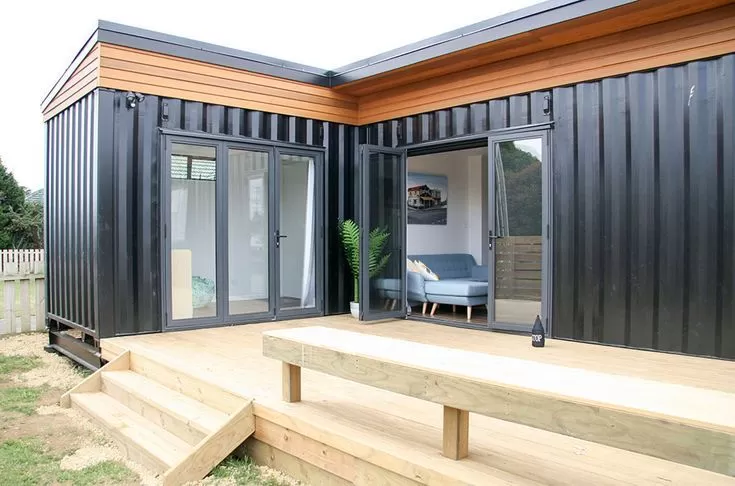
Fire Resistance
Corrugated steel containers are fire resistant. This is a huge advantage when shipping flammable or heat-sensitive items. Your cargo will be safe and well-protected.
Drawbacks Of Using A Corrugated Steel
Despite its numerous benefits, corrugated steel has also some drawbacks:
- Corrugated steel ain’t cheap. While it’s true that you get cost-effective building solutions, the upfront cost can be a bit of a sting to your wallet.
- Corrugated steel doesn’t insulate well against heat or cold. If you’re shipping temperature-sensitive goods, consider additional insulation measures.
- Corrugated steel can sometimes have condensation issues inside the container, which isn’t ideal if you’re shipping items that could be damaged by moisture.
- While corrugated steel is versatile in terms of size and shape, repurposing containers can be a bit of a pain. It’s a tough material, which means you’ll need special tools and skills to make container customization possible.
Consider both pros and cons of corrugated steel in a shipping container before making your choice. And if you have any additional questions or require assistance, don’t hesitate to ask for our help. We are always ready to share our wisdom.
Benefits of a Standard Shipping Container - Pelican Containers
A standard container can be the perfect solution for all your cargo and storage related problems. Serve stand-alone storage, living space, or can be cut and divided into multiple smaller storage boxes. CSC certification makes these containers fit for any intermodal transportation. An ISO-compliant design ensures that our boxes get along well with other containers and are used for almost all purposes. From transit to revamping them into your living homes they have always been an excellent option.
Vanessa is a dedicated writer and content enthusiast at Pelican Containers. With a background in practical writing and a keen eye for clarity, she transforms complex container topics into easy-to-understand and useful content. Her passion lies in exploring the evolving world of container usage — from smart storage hacks to global logistics trends.
When she's not writing, Vanessa loves discovering creative shipping container projects or traveling to find new inspiration.
Explore thoughtful, informative, and accessible content with Vanessa!
Vanessa is a dedicated writer and content enthusiast at Pelican Containers. With a background in practical writing and a keen eye for clarity, she transforms complex container topics into easy-to-understand and useful content. Her passion lies in exploring the evolving world of container usage — from smart storage hacks to global logistics trends.
When she's not writing, Vanessa loves discovering creative shipping container projects or traveling to find new inspiration.
Explore thoughtful, informative, and accessible content with Vanessa!
FAQ
What are the specific environmental benefits of using corrugated steel shipping containers?
These steel boxes are a dream for Mother Nature. They’re super durable, meaning they get to be reused over and over, cutting down on waste. Plus, they leave a smaller carbon footprint compared to traditional building materials.
How do corrugated steel shipping containers compare to other sustainable building materials in terms of cost and efficiency?
While steel shipping containers might be a bit pricier at the outset, their durability and lifespan often make them more cost-effective than other sustainable building materials. When it comes to efficiency, their strength and ability to handle weight loads make them efficient for various applications.
Are there any limitations or challenges associated with repurposing corrugated steel shipping containers in construction projects?
Yes, repurposing containers can be challenging. Steel container innovation requires special tools and skills due to the material’s toughness. Also, they aren’t great at insulating against temperature extremes, which can require additional insulation measures.
How can the use of corrugated steel shipping containers contribute to the reduction of carbon footprint in the construction industry?
Using these containers in construction can significantly reduce the industry’s carbon footprint. They cut down on construction waste due to their reusability. Also, their potential for integration with renewable energy sources like solar panels makes them eco-friendly.
